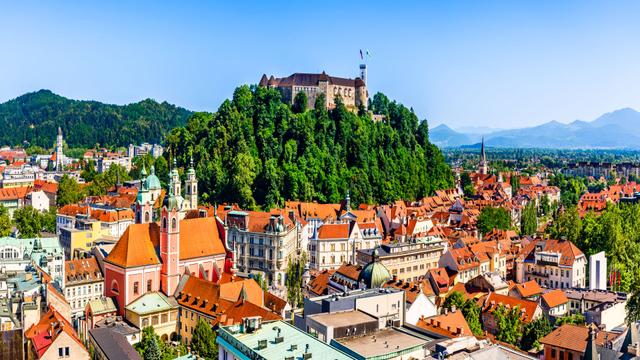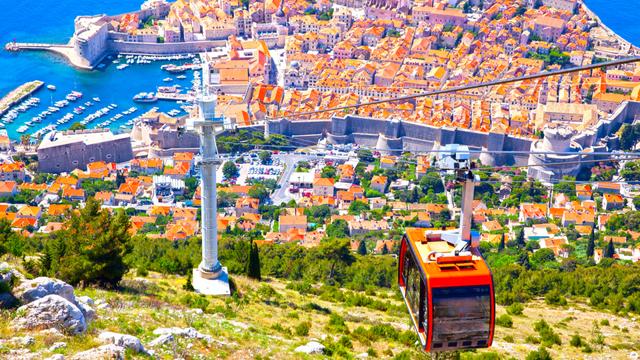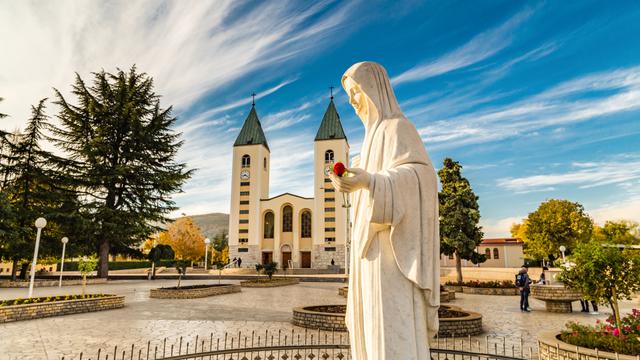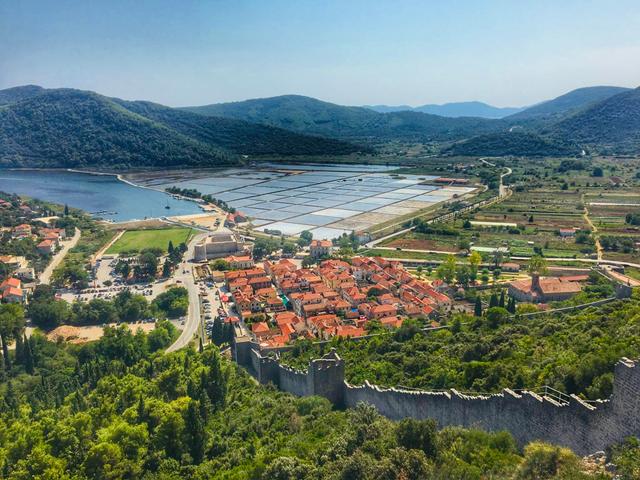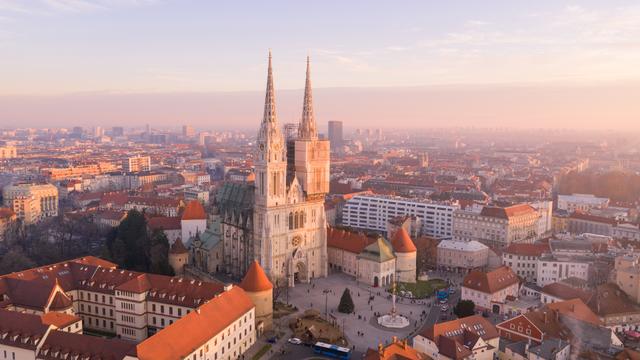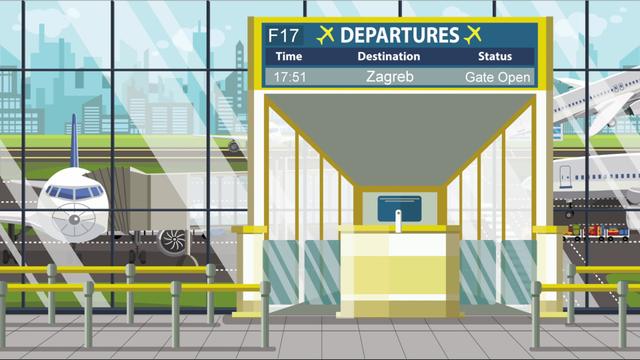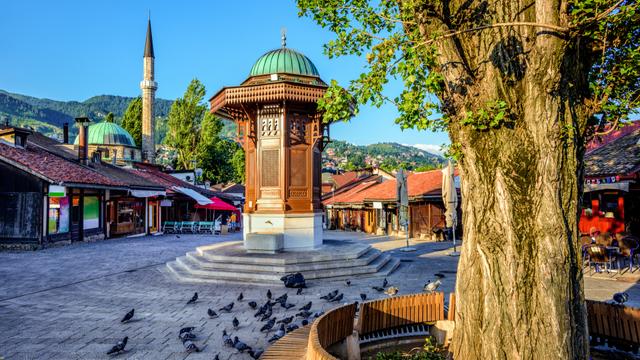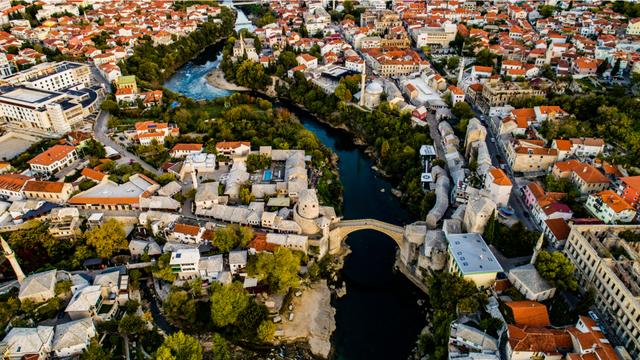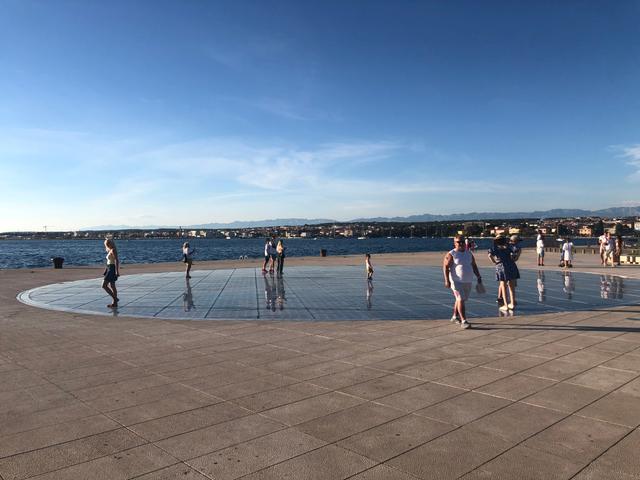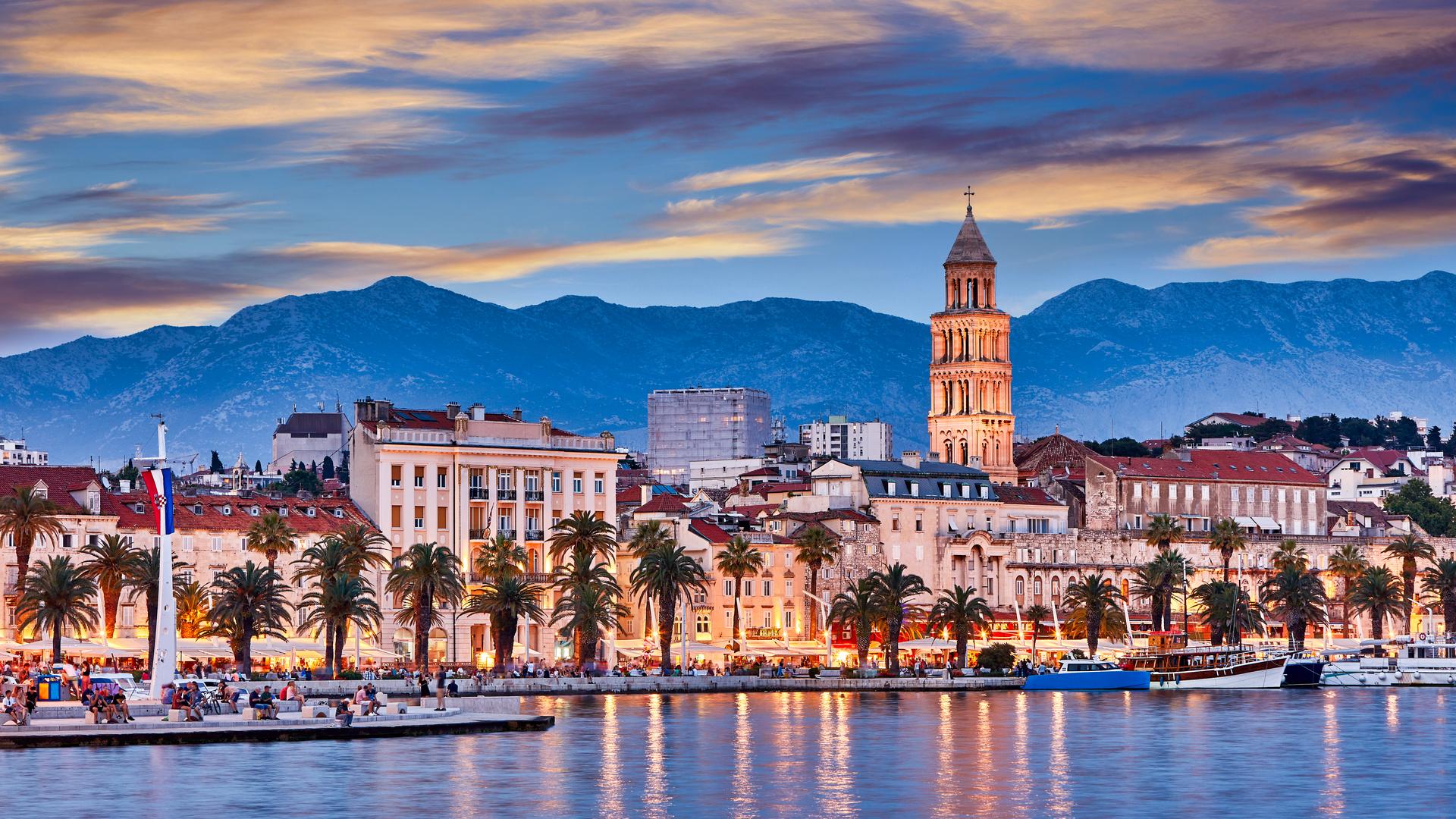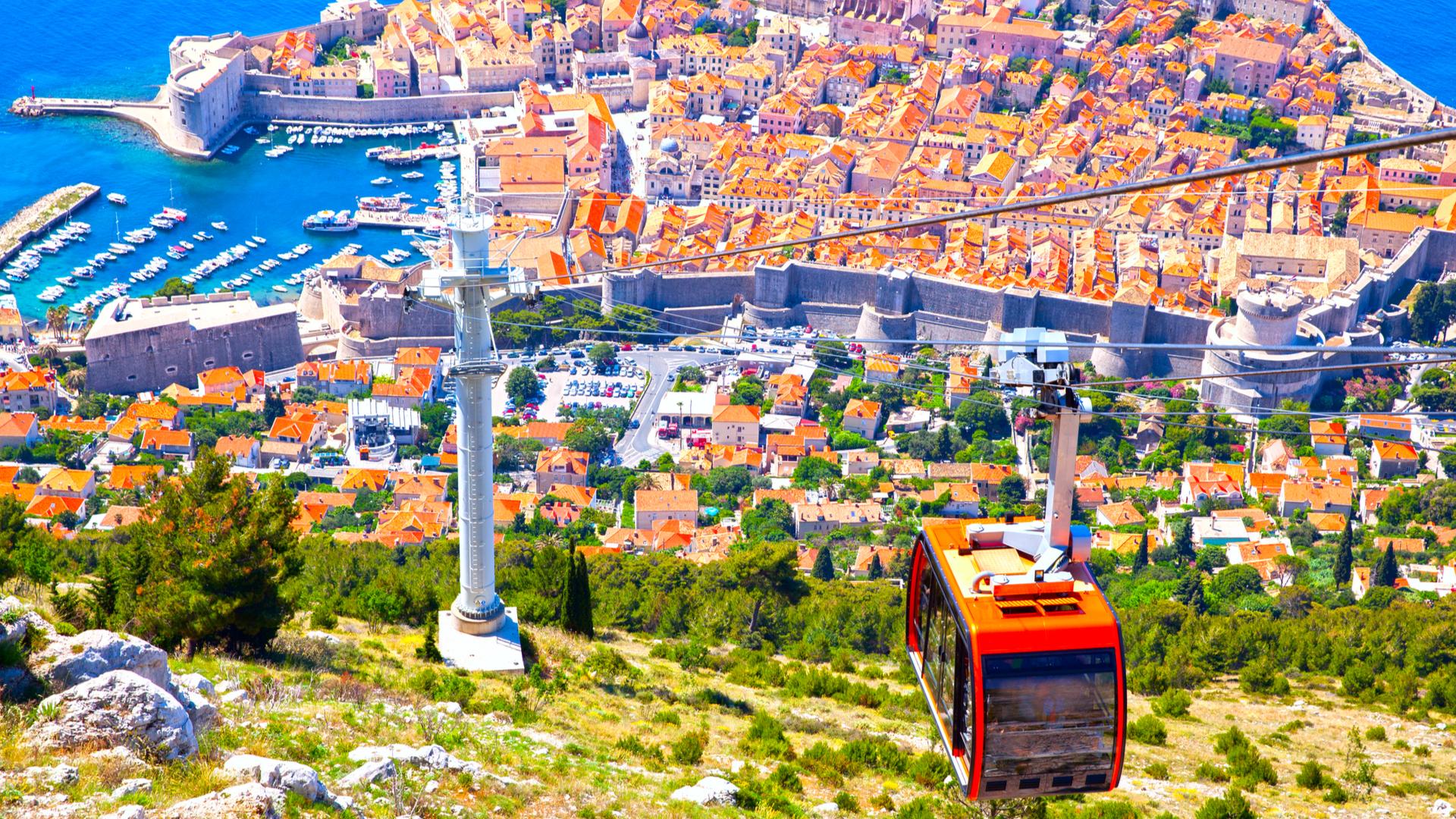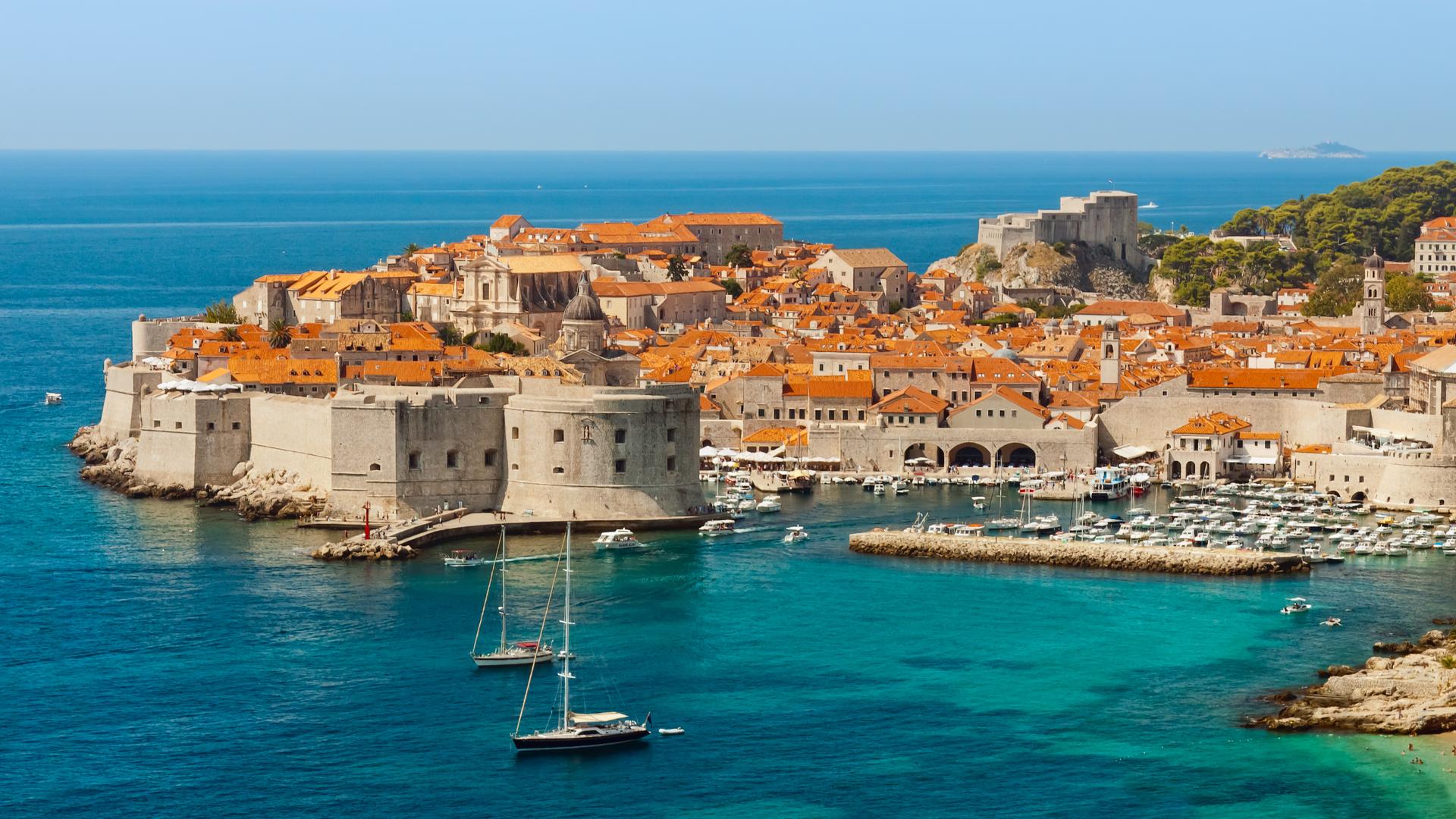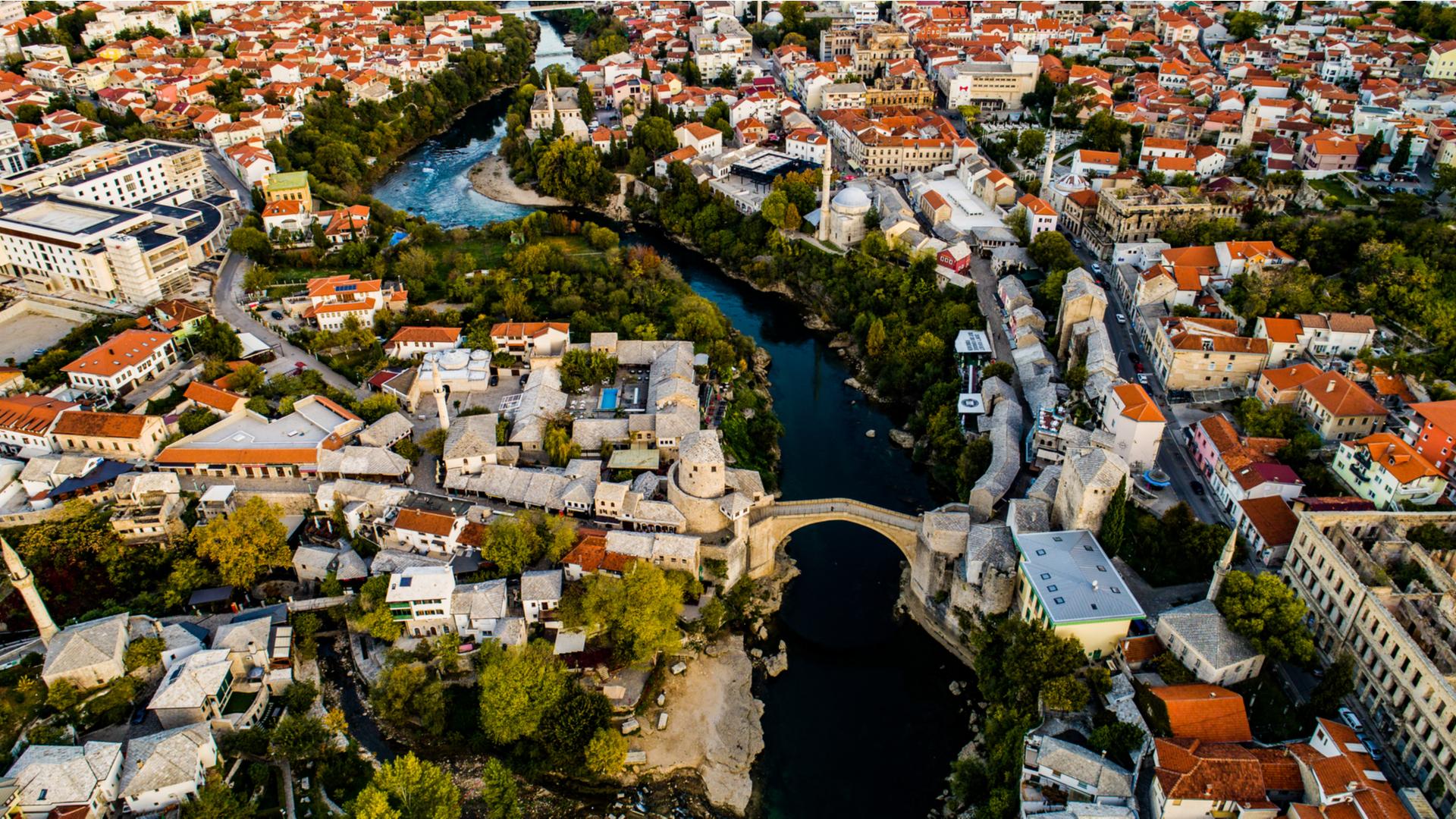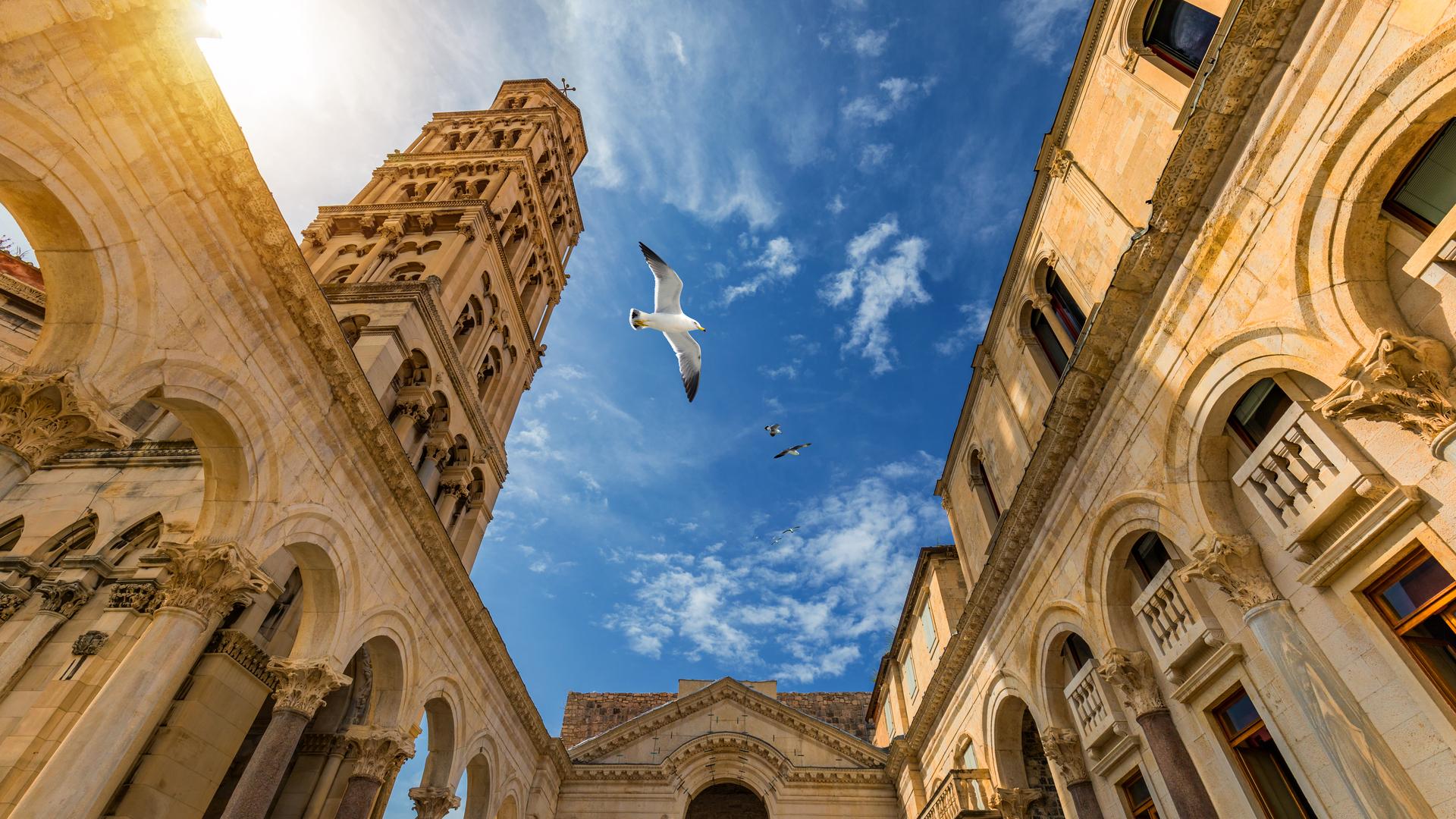Split - Mostar - Dubrovnik
Similar popular transfers:
Private transfer Split to Dubrovnik via Mostar
Every summer You get asked how can I get from Split to Dubrovnik. We already know that private transfer from Split to Dubrovnik is the best solution. Then You are thinking, when I am already going to Dubrovnik, maybe is the smart move to see something on the way. In that case You are on the right place. Maci Tours, private Croatian transfer service has the best solution for that.
Click on the book now and reserve Private transfer Split to Dubrovnik via Mostar in less then one minute.
MaciTours is a Croatian transfer service which offers the best prices for a croatia private transfer. MaciTours has at its disposal a fleet of luxurious and premium vehicles that will make your transfer as comfortable as possible.
Dubrovnik is located some 229 km from Split and the duration of your transfer is about 2.5h-3h.
While travelling from Split to Dubrovnik, you may want to visit the old city of Mostar on the Neretva River and explore a town where East meets West and Europe mixes with the Orient. If you want to visit Mostar you can book a private Split to Dubrovnik via Mostar transfer.
While travelling from Split to Dubrovnik via Mostar, you may want to visit also Medjugorje. If you want to visit the famous Medjugorje pilgrimage site and old town of Mostar book a private transfer Split to Dubrovnik via Herzegovina.
How to get from Split to Dubrovnik via Mostar?
Travel between Split and Dubrovnik via Mostar is probably one of the most popular route in Croatia. Like we mentioned above, one of the best and easiest ways to get from Split to Dubrovnik via Mostar is book a private transfer from Split to Dubrovnik via Mostar. Private transfer between Split and Dubrovnik via Mostar You can book easily in less then one minute using our booking form. After You have made a successful booking You don't need to worry about anything.
Alternatively, there is a bus which goes from Split to Mostar and from Mostar to Dubrovnik but that ride will last about 08h00m, sometimes even more, so in one day it is very hard to do that.
A few facts about Mostar
Mostar is situated on the Neretva River and is the fifth-largest city in Bosnia and Herzegovina.
Mostar was named after the bridge keepers (mostari) who in the medieval times guarded the Stari Most (Old Bridge) over the Neretva.
The Old Bridge, which was built by the Ottomans in the 16th century, is one of Bosnia and Herzegovina's most visited landmarks, and is considered an exemplary piece of Islamic architecture in the Balkans.
The stone bridge, the Old Bridge (Stari most), was erected in 1566 on the orders of Sultan Suleiman the Magnificent and at 28 metres (92 feet) long and 20 metres (66 feet) high, quickly became a wonder in its own time.
The famous Turkish traveller EvliyaÇelebi visited the city and wrote in the 17th century how: the bridge is like a rainbow arch soaring up to the skies, extending from one cliff to the other.
The bridge was destroyed during the war of 1990s and the battles that took place around the city and the Old Bridge had to undergo extensive reconstruction after the war.
What to visit while in Mostar
Mostar has architecturally noteworthy buildings in a wide range of styles that are a mixture of indigenous and foreign styles.
Such styles are visible in Mostar's Franciscan church, the Ottoman MuslibegovićaHouse, the Dalmatian Ćorović House and the Old Gymnasium, which features Andalusian and Mamluk elements and is the result of the Austro-Hungarian desire to promote Bosnian national identity.
Several Ottoman inns have also survived, along with other buildings from this period of Mostar's history, such as fountains and schools.
There are number of surviving late Ottoman houses in the old city centre that demonstrate the component features of this form of domestic architecture: upper storey for residential use, hall, paved courtyard, and verandah on one or two storeys.
The CejvanCehaj Mosque, dating back to 1552, is the oldest mosque in Mostar and later it became a madrasa or Islamic school.
The Old Bazaar called the Kujundziluk is named after the goldsmiths who traditionally created and sold their wares on this street, and still sells authentic paintings and copper or bronze carvings of the Stari Most, pomegranates, which are the natural symbol of Herzegovina, or the stećaks, medieval tombstones that are found in Bosnia and in Croatia.
The Koski Mehmed Paša Mosque, built in 1617, is open to visitors, who may enter the mosque and take photos free of charge. The minaret is also open to the public and is accessible from inside the mosque.
Just around the corner from the mosque is the Tepa Market, a busy marketplace since Ottoman times, where mostly fresh produce grown in Herzegovina is sold and, when in season, the figs and pomegranates are also very popular. Local honey is also a prominent specialty, being produced all over Herzegovina.
The Catholic church and Franciscan monastery of St. Peter and Paul is also an iconic city landmark and the monastery bell tower rises high above the city.
A few facts about Dubrovnik
Dubrovnik was founded in the 7^th^ century by refugees from the Greek colony of Epidaurum and was initially under Byzantine rule.
Between the 14^th^ and 17^th^ centuries, Dubrovnik was a free state, whose merchant fleet traded as far as America in the West and India in the North.
This small aristocratic republic was among the first in Europe to adopt modern laws, establish a medical service, one of the oldest pharmacies in Europe and the first European regulations for quarantine.
The Republic of Ragusa, as it was called, was famous for its diplomacy and was involved in the American Revolution, a fact few people know.
The city is also famous for giving several important scientists, such asJoseph Boscovich who produced a precursor of atomic theory and who also discovered the absence of atmosphere on the Moon and Marino Gethaldi, a pioneer in making conic lenses, who met and regularly corresponded withGalileo Galilei.
What to visit while in Dubrovnik
In the bay of Dubrovnik there is a wooded island of Lokrum, where according to legend, Richard the Lionheart, King of England, was cast ashore after being shipwrecked in 1192. The island also includes a fortress and a naturist beach.
Dubrovnik's main public beach, is home to the Eastwest Beach Club. There is also Copacabana Beach, a stony beach on the Lapad peninsula, named after the popular beach in Rio de Janeiro.
The 31-metre-high Dubrovnik Bell Tower, built in 1444, is one of the symbols of the free city state of Ragusa.
A feature of Dubrovnik is its walls, which run almost 2 kilometres (1.2 miles) around the city. The walls are 4 to 6 metres (13--20 feet). This system of turrets and towers were intended to protect the vulnerable city.
The walls of Dubrovnik have also been a popular filming location for the fictional city of King's Landing in the HBO television series, Game of Thrones, as well as parts of the film Star Wars: The Last Jedi, in which Dubrovnik was used as the setting for the casino city of Canto Bight.
Itinerary
08:00 - Pickup and departure from your accomodation in Split.
09:00 - Coffee break at Rašćane Rest Stop, enjoy in your coffee with unforgetable view.
11:00 - Explore Mostar, enjoy cuisine of local restaurants (lunch paid by the guests).
14:30 - Our journey to Dubrovnik from Mostar begins.
17:00 - We arrive at your accomodation adress in Dubrovnik.
Transfer includes
• Pick up in Split and drop off in Dubrovnik with Mostar (or vice versa)
• Comfortable air-conditioned vehicle
• Professional knowledgeable English speaking driver
• All cost related to the vehicle -- gas, parking, highway tolls
• All costs related to the driver
• Available Wi-Fi in the vehicle
• 0.5l bottle of water per passenger
Transportation
Dubrovnik has its own international airport, located approximately 20 km (12 mi) southeast of Dubrovnik city centre.
Buses connect the airport with the Dubrovnik old main bus station in the town of Gruž.
In addition, a network of modern, local buses connects all Dubrovnik neighbourhoods running frequently from dawn to midnight.

